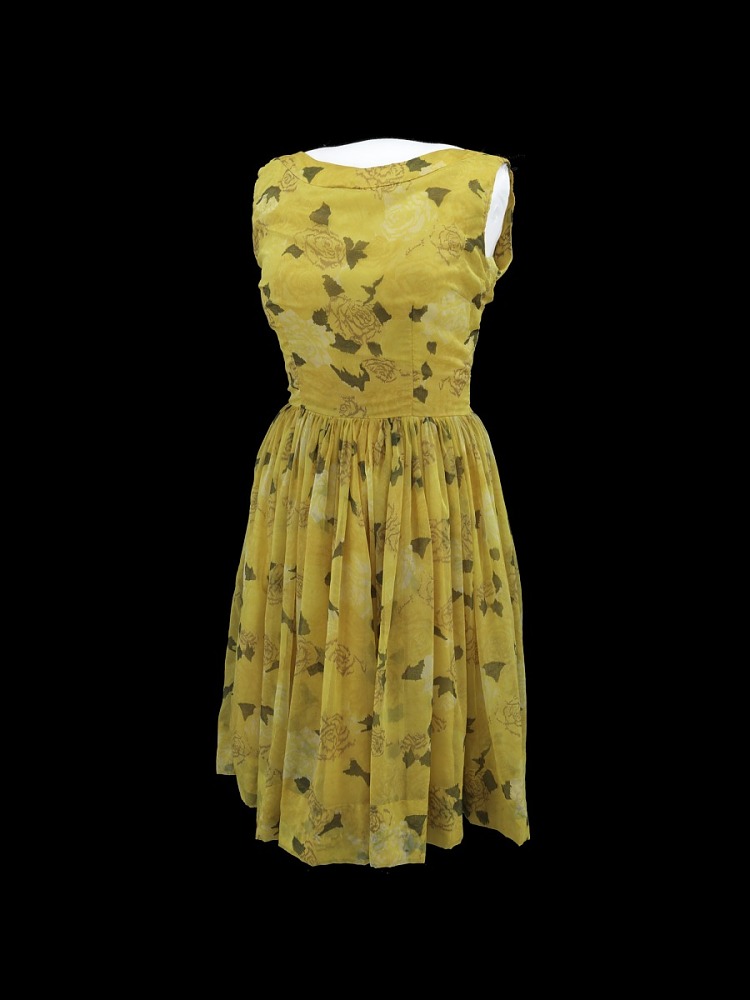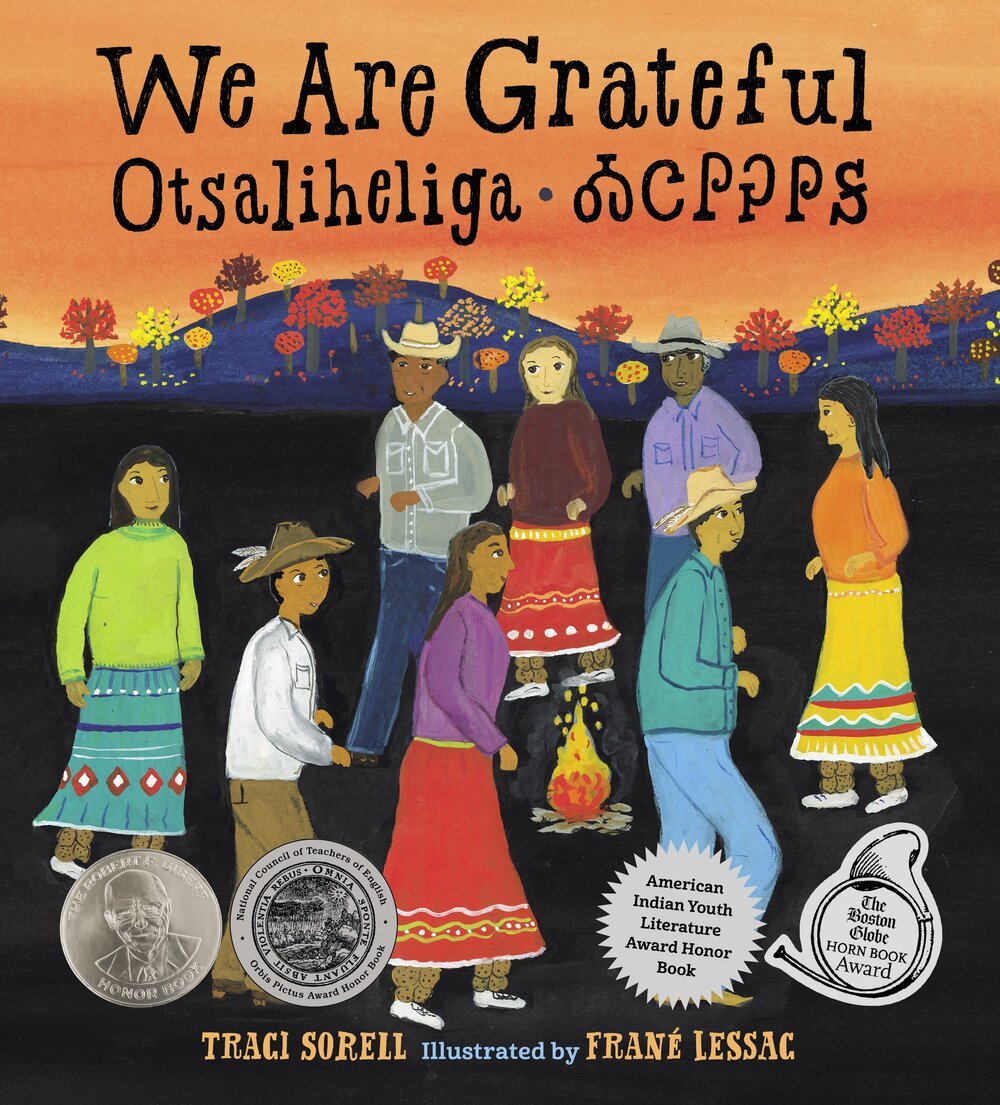As COVID-19 deaths spiked in 2020, Suzanne Firstenberg’s public art installation "In America: How could this happen…"
Museum Artifacts

Grade Range:
K-12
Resource Type(s):
Artifacts, Primary Sources
Date Posted:
9/3/2008
This tortoiseshell woman's hair comb dates from the 19th century. A precursor to plastics, tortoiseshell and horn were common materials used in combs since they could be made soft and moldable by heating. As they cooled, they would harden and keep their new shape.

Grade Range:
K-12
Resource Type(s):
Artifacts
Date Posted:
4/7/2016
The National Cash Register Company produced this Model 421 cash register around 1914. The register was used in a Marshall Field & Company department store. The register has three columns of keys for entering numbers, and a fourth column of function keys. The operating crank is on the right si

Grade Range:
K-12
Resource Type(s):
Artifacts, Primary Sources
Date Posted:
9/2/2020
This yellow, floral patterned tea length patterned dress was worn by Minnijean Brown during the Spingarn Award Ceremony in 1958. The Spingarn Medal is a gold medal that has been awarded annually since 1915 by the NAACP. According to the NAACP, the purpose is “to call the attention of the American

Grade Range:
K-12
Resource Type(s):
Artifacts, Primary Sources
Date Posted:
9/3/2020
Mr. Lee only wore these slippers in his home or with his traditional Chinese clothes on special occasions. The slipper sole was thick, flat, inelastic, and shorter than the upper sole to give enough spring for walking. For much of his early life, the Chinese New Year was Lee’s only day of rest fro

Grade Range:
K-12
Resource Type(s):
Artifacts, Primary Sources
Date Posted:
1/27/2009
Although some know of the banjo's use by African Americans, the popular consciousness of the banjo has been dominated by images of white Southern musicians and urban folk singers. But the story is more complex. The banjo migrated from Africa to America in the hands and memories of slaves. Through

Grade Range:
K-12
Resource Type(s):
Artifacts, Primary Sources
Date Posted:
11/13/2008
This cloth banner celebrates the electoral victory of Thomas Jefferson over John Adams in the presidential election of 1800. The banner is believed to be one of the earliest surviving textiles carrying partisan imagery, created at the dawn of the first American party system in which power passed

Grade Range:
K-12
Resource Type(s):
Artifacts, Primary Sources
Date Posted:
9/3/2010
This Dutch map, made about 1655, shows eastern North America from what is now Canada to Virginia. Illustrations within the map include local wildlife as well as Indian villages on land, and Indians in boats at sea. The lower right corner of the map contains an inset of Nieuw Amsterdam, the third

Grade Range:
K-12
Resource Type(s):
Artifacts, Primary Sources
Date Posted:
8/20/2009
This page is one side of a double-sided sheet from a copy of the Koran, a collection of revelations to the Prophet Mohammed that forms the basis of the Islamic religion. Information within the book indicates that the scribe worked on it for 22 years and completed it in 1207 A.D. The black letters

Grade Range:
K-12
Resource Type(s):
Artifacts
Date Posted:
9/24/2009
The shofar, one of the earliest known musical instruments, is usually made from a ram's horn. Used in biblical times to signal important events, it is also blown on High Holy Days (10 days in the fall of the year). It is sounded many times during the services of Rosh ha-Shanah (the Jewish New Yea

Grade Range:
K-12
Resource Type(s):
Artifacts, Primary Sources
Date Posted:
7/31/2008
During the American Civil War, General Benjamin Butler so appreciated the heroic actions of African American soldiers under his command at the 1864 battles of Fort Harrison and Fort Gilmer that he commissioned a special medal for them. Designed by Anthony C. Paquet and realized in silver by Tiffa



















